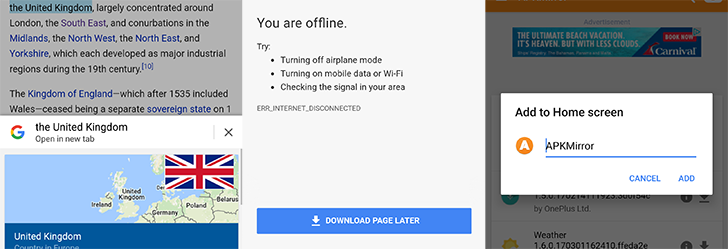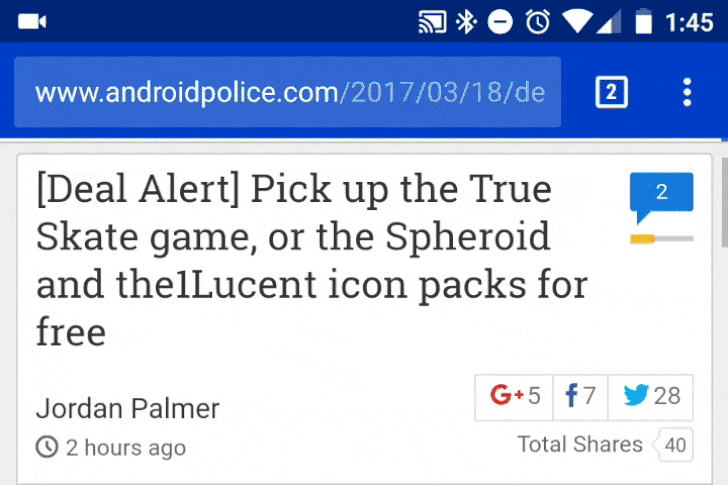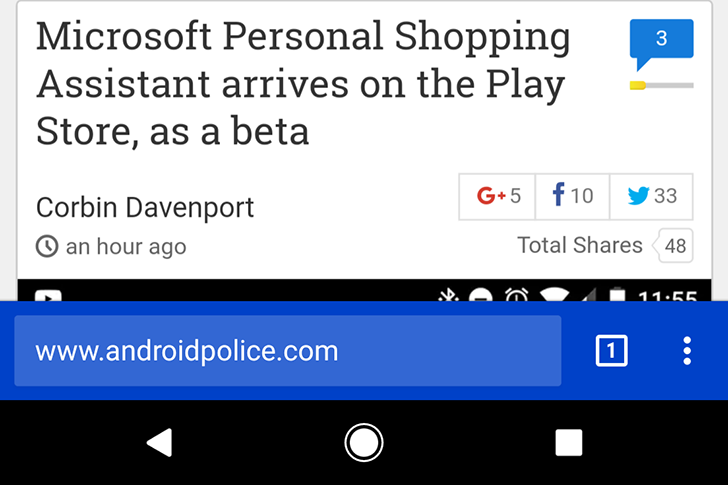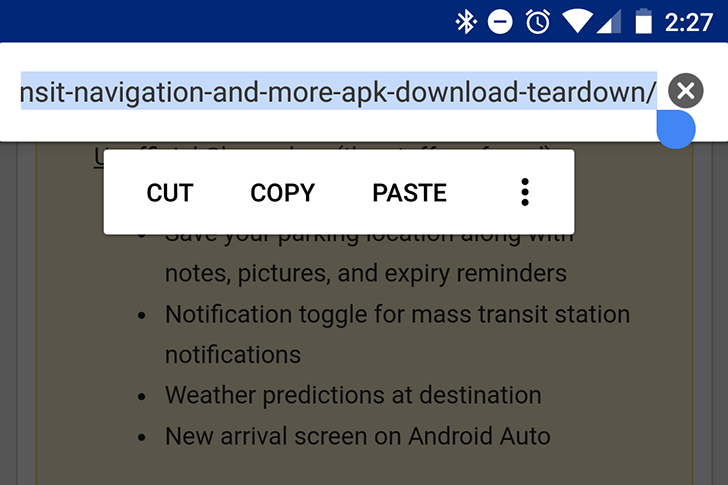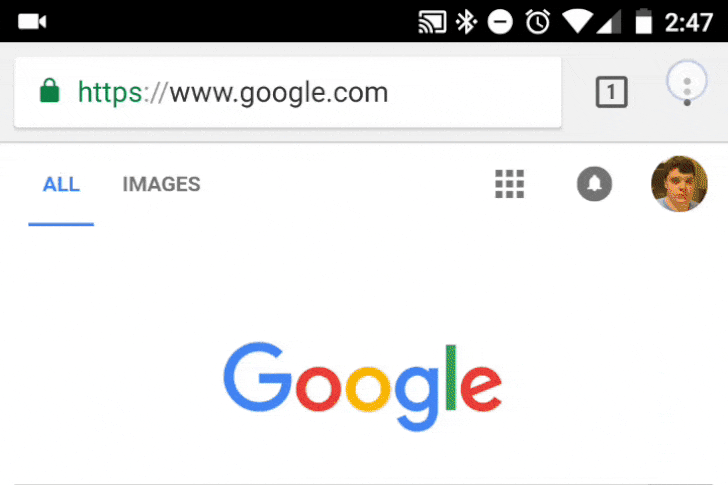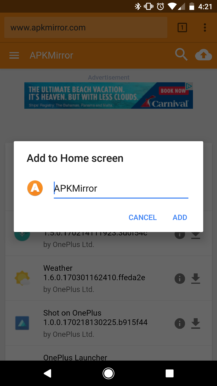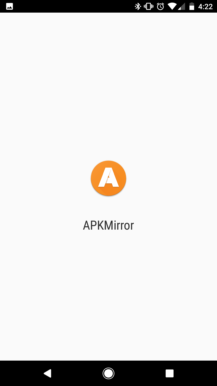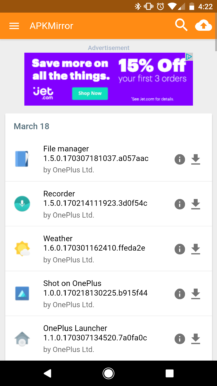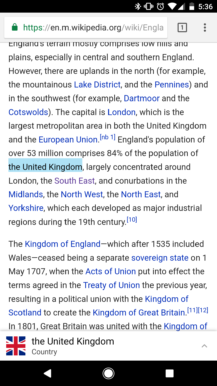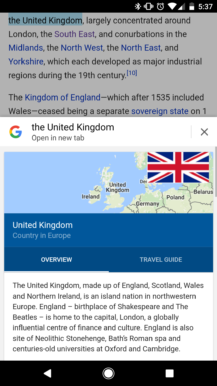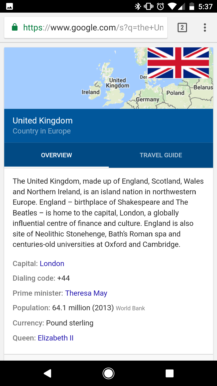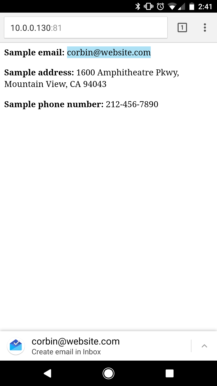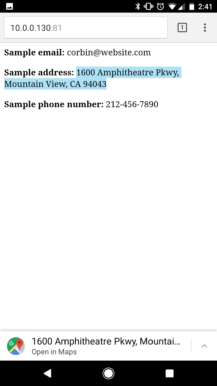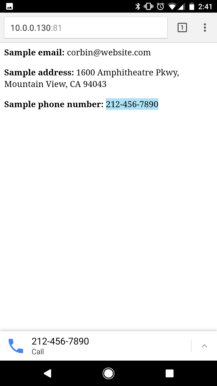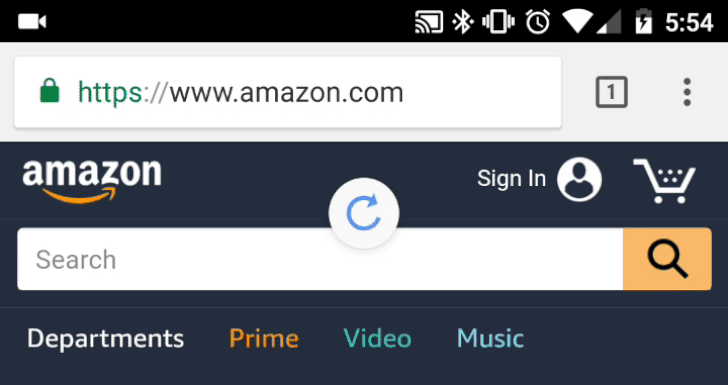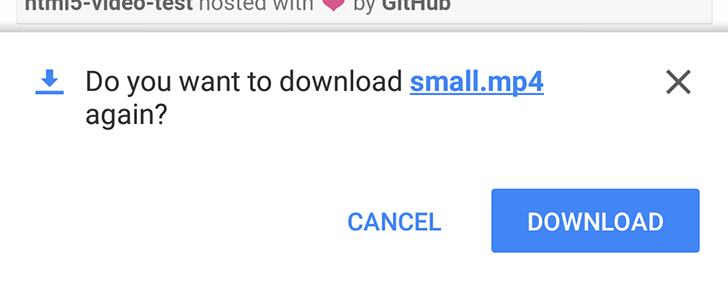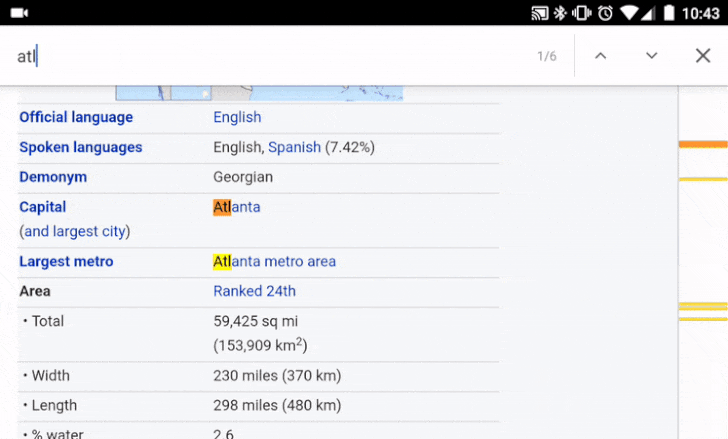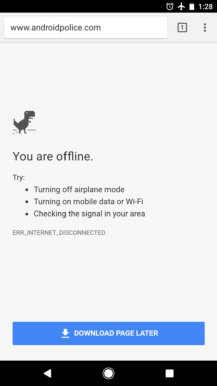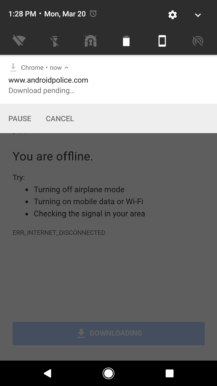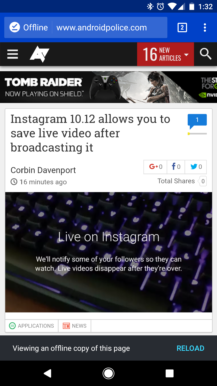Chrome for Android has been around since 2012, and is installed by default on every Android phone shipped with the Google Play Store. But there are several less-than-obvious features in the browser, either hidden behind flags or simply unadvertised. Here is a collection of 15 tips and tricks to get the most out of Chrome on Android.
#1: Switch tabs faster
Switching tabs usually requires tapping the tabs button, scrolling through a list, and selecting the one you want. But there are two other ways to change the current tab. First, you can swipe across the address bar to switch between them, as shown in the GIF above. Or you can swipe down on the address bar to see the full list, and tap the one you want.
#2: Move the address bar to the bottom
If you own a larger phone, you'll know reaching the top of the screen in one-handed use can be difficult. By default, the Chrome address bar sits at the top of the screen. There's a way to move it to the bottom, using the Chrome Home flag.
Simply paste chrome://flags/#enable-chrome-home into Chrome, tap the highlighted select menu, press 'Enabled', and restart the browser. To reverse this, simply set the flag to 'Default' and restart Chrome again. Keep in mind that this feature is still under development.
#3: Copy the current URL faster
Instead of navigating to the share menu and selecting 'Copy to clipboard', there are a few faster ways to copy the current URL. The first is to press the menu on the top right, tap the (i), and long-press the URL. You can also tap the address bar once and hold it down again to copy, and on pages with HTTPS, you can tap on the lock icon and long-press the URL from there.
Also, if you're using a Chrome Custom Tab and the web address is visible, just hold down on the URL to copy it. There are a few more methods listed here.
#4: Perform most functions in one tap
If you need to access something in the overflow menu, you can do it in one tap. Simply hold down on the menu button, and let go once you drag your finger to the proper option.
#5: Adding a home button (root required)
You may have noticed that when using Chrome on some devices, a home button appears in the address bar. This is because manufacturers can optionally include an APK called 'ChromeCustomizations.apk' in the system folder, which sets default values for the home link and bookmarks. But here's the strange part - if you have a device without ChromeCustomizations.apk, you can't get the home button in the first place.
If you have access to root, this is a fairly simple fix. You just have to download ChromeCustomizations.apk from this XDA thread, and copy it to /system/app/ChromeCustomizations/ (you'll have to create that last folder). You can also use the flashable zip if you like, which seemed to work fine on my Galaxy Tab 8.4" tablet running LineageOS 14.1.
#6: Force reader mode
Reader mode initially showed up in Chrome 39, then went away, then re-appeared in Chrome 45. Much like reader mode in other browsers, it makes reading articles easier by only showing basic formatting. By default, the option for reader mode only appears when Chrome thinks you're reading an article, but you can make it appear more frequently or all the time.
Simply paste chrome://flags/#reader-mode-heuristics into Chrome, and press the highlighted select box. Here you can turn on Reader mode for pages structured as articles (pages that have a header, body text, etc), pages that Chrome thinks are articles (the default option), or all pages. You can also completely turn it off.
Once you pick an option, you'll need to restart the browser to see any changes.
#7: Add sites to the Home screen for a more native feel
Chrome on Android started supporting Progressive Web Apps fairly recently, which are special web apps that act like native applications. They can push notifications, show up in the app drawer, handle links, and more. But sites can use some of this functionality, even if they are not Progressive Web Apps.
Web sites can add a Chrome manifest file (more info here) in the header, which basically tells Chrome "treat me like an app." When added to the Home screen, they hide the Chrome address bar and look more like native apps. However, they only appear as shortcuts on the Home screen, not as apps in the app drawer like PWAs.
As mentioned above, this applies to any site that has added a certain manifest file. One example includes APKMirror. If the site does not have a manifest, opening it from the home screen will simply create a new Chrome tab.
#8: Tap a word to search for it
For those of you who have used Chrome for a while, this feature may be obvious, but it's still worth pointing out. When tapping on a word (or short phrase), a pop-up appears at the bottom that you can swipe up for search results. You can tap on the title of the pop-up again to open the search results in a new Chrome tab.
#9: Tap on emails, phone numbers, and addresses to use them
If you have ever tried Safari on iOS, you might have noticed how the browser automatically turns phone numbers into links. Chrome on Android does something similar, but it's tied into the above 'tap to search' feature.
Pressing an email address creates a shortcut to create a new message, tapping an address can take you to the location in Google Maps, and pressing a phone number displays a shortcut to call the number.
#10: Pull down to refresh
This is probably obvious to many of you, but you can pull down a page to refresh it. This is a bit faster than finding the refresh button, located in the overflow menu.
#11: Add more search engines
In the past, Chrome on Android only supported a handful of search engines - Google, Yahoo, Bing, Ask, and AOL. But starting in Chrome 57, you can add more simply by visiting them.
Just visit a search engine (or some other sites that support this feature), go to Chrome settings, tap Search engine, and select what you want. For example, I was able to add Amazon, DuckDuckGo, and eBay.
#12: Receive Facebook notifications in Chrome
The Facebook app for Android is pretty bad, to put it mildly. However, it is possible to receive Facebook notifications through the Chrome browser, negating the need for the app to be installed (unless you use features that the mobile web app doesn't have).
Simply login to Facebook in Chrome, go to Facebook settings > Notifications > Mobile, and turn on mobile notifications. You can also turn it on for Chrome on the desktop if you want.
#13: Quickly open a downloaded file
Chrome will warn you if you are trying to download a file that you have already saved, but there's a feature hidden in the above pop-up that isn't quite obvious. Simply tap the blue underlined file name, and Chrome will open the previously downloaded file for you - saving you a trip to the file manager.
#14: Scrolling through 'Find in page' results
When using Chrome's 'Find in page' search, you don't have to just press the up/down arrows to navigate through results. You can also swipe up and down on the right bar, as seen above, to quickly scroll through matches.
#15: Download pages once you're online
If you need access to a certain page, but you have a spotty connection, constantly trying to reload the site can be incredibly frustrating. If Chrome can't load a page because you're offline, you can tap the 'Download page later' button. As you can probably guess, this will set Chrome to automatically download the page as soon as you have an internet connection.
So there you have it - 15 tips and tricks to get more use out of Google Chrome on Android. Let us know in the comments if you know any that we haven't listed here.

